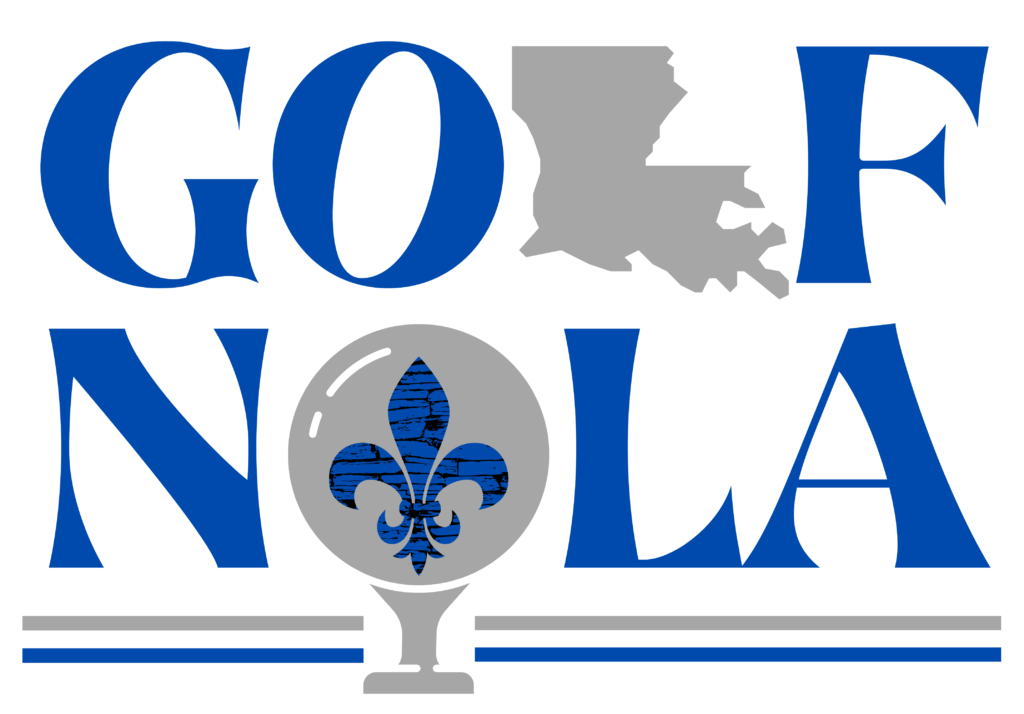Mississippi has an abundance of great golf courses that should be on your bucket list. Two of the very best are in West Point, MS located in the northeast section of the state.
The George and Marcia Bryan Family wanted to bring world-class golf to the Mississippi Black Prairie, and they have certainly done so with Old Waverly and Mossy Oak.
Founded in 1988, Old Waverly offers a tremendous test of golf on a gorgeous 360 acres. Course designers Jerry Pate and Bob Cupp artfully blended the holes into the rolling hills and natural lakes on the property. The course plays just over 7,000 yards from the championship tees and offers four other teeing options. Play the correct tees for your game and accuracy and shot-making will be rewarded over distance.

The 18th Hole Old Waverly Golf Club in West Point, MS. photographed on September 16-19, 2018 (Copyright USGA/Russell Kirk)
The USGA is very selective about where its championships are played. This year, Old Waverly will host its third USGA event. In August, the best women amateur golfers will tee it up in the 2019 US Women’s Amateur Championship. The course hosted the 1999 US Women’s Open Championship, won by Juli Inkster, and the 2006 US Women’s Mid-Amateur Championship.
Old Waverly is a classically styled course that has been a mainstay on “best of” lists since its inception. The holes on the front nine are primarily tree-lined, but with generous landing areas. Much of the back nine plays along Lake Waverly. Every hole is scenic, pristinely manicured, and a joy to play.
Picking a favorite hole at Old Waverly is a challenge. The easiest option is to start at number 18, the “signature” hole. It is a mid-length dogleg left par four, with Lake Waverly running along the left side from tee to green. The tee shot gives the player a risk/reward option of challenging the lake for a shorter approach or playing safely to the right side of the fairways for a longer second shot. The tee shot is reminiscent of number 18 at TPC Sawgrass. Lake Waverly fronts the green, so be ready to close your round with a well-struck approach. It’s a gorgeous view, with a stone wall rising out of the lake to face you and the clubhouse situated in the distance.
A favorite of mine is number six, a medium length, dogleg right par four. A well-placed tee shot will leave you with just a short iron approach to a green which sits some thirty feet below the fairway. The green is shallow, but wide, and is fronted by a small bunker, and a pond with a rock-faced wall matching the one on number 18.
The following hole, number 7, is a par three requiring a mid to long iron for most players. It plays slightly uphill and the green is fronted on the right side by a bunker. A creek runs diagonally across the hole with lush native foliage surrounding its banks. The creek should not come into play but definitely accentuates the hole with its natural beauty.

The Seventh Hole Old Waverly Golf Club in West Point, MS. photographed on September 16-19, 2018 (Copyright USGA/Russell Kirk)
Each hole at Old Waverly was masterfully designed and crafted, and together they fit together to make one of the finest classic courses in the south.
Luxurious lodging accommodations are available on site for members and guests. Options include nine four-bedroom cottages for short term visits, along with villas, condos, and single-family luxury homes.
The antebellum-style clubhouse offers numerous dining options from casual to elegant. Murphy’s, located on the lower level of the clubhouse, is a great choice for a casual meal before or after the round.
Mossy Oak, across the street from Old Waverly, is open for public play. It is a collaboration between the Bryans, and Mossy Oak, the outdoor lifestyle company. From the beginning, the concept for Mossy Oak was to offer a top of the line golf experience in a very natural setting. Gil Hanse was brought in to turn that vision into a reality. Hanse is known worldwide for his minimalist designs. His best-known works are the 2016 Olympic Golf Course in Rio and Streamsong Black in Bowling Green, FL. At Mossy Oak, the design philosophy worked perfectly with the natural environment and resulted in what is now known as Nature’s Golf. It’s an experience all golfers should treat themselves to and one they are sure to enjoy.

Mossy Oak Golf Club in West Point, MS. (Copyright Mossy Oak/Gary Billington)
Mossy Oak plays firm and fast, a result of both design and conservational practices. Minimal watering is part of the commitment to Natural Golf and the dedication to maintaining the original habitat. The course measures just over 7,200 yards from the championship tees, with four additional options to accommodate just about every player. Caddies are available for those choosing to walk, and forecaddies are mandatory for anyone taking a cart. A caddie or forecaddie will be very beneficial to you on your first trip around Mossy Oak. There are a few blind shots to navigate, but there is nothing tricked up or contrived to contend with. The generally open terrain can influence depth perception quite a bit, however.
Like at Old Waverly, picking a favorite hole at Mossy Oak is no easy task. One of the most discussed and photographed holes is number 17. The reachable par five is the home of “George’s Bunker”. The massive bunker is built into the large hill which hosts the elevated green. After a nice tee shot, I topped my second into the sand, and our forecaddie slyly informed me that I was only the second player he had ever seen hit into the bunker. Lucky me. I did get the last laugh, however, eventually making a long putt for par.
Two of my favorite holes are the par-four 14th and par-three 15th.
Fourteen is a dogleg left with a blind tee shot. Like many golfers, I’m not typically fond of blind shots off the tee, but Hanse designed the hole in such a way that the player instinctively knows where to aim. The hole is framed by a large oak atop a hill on the left which gently slopes back to the fairway. A drive to the right of the tree will find the fairway leaving an approach to a long green that runs diagonally from front left to back right. A miss to the right will fall away into a collection area. It’s a well-designed hole typical of Hanse’s demand for strategic positioning at Mossy Oak.
Fifteen is a medium length par three. I’ve never played golf in the Scottish Highlands, but in my mind, this hole is a great example of what that experience would be like. The tee shot is played to an elevated green fronted by five bunkers built into the hillside. Native grasses are growing in front of the tee and along the hillside which slopes to the left of the green. The putting surface is relatively large and properly designed to accept a shot hit to an elevated green. Number 15 immediately became one of my favorite par three holes.

Mossy Oak Golf Club in West Point, MS. (Copyright Mossy Oak/Gary Billington)
Mossy Oak doesn’t call itself a links course, and it doesn’t meet the strict criteria of one, but there is a definite links feel to the place. There are some trees on the property, but few which truly come into play. Areas of native grasses frame many of the holes and recovering from it is no easy task. Mossy Oak has a raw, untamed, beautiful look to it which I thoroughly enjoyed.
Lodging is available at Mossy Oak in cottages located along the tenth fairway. Each cottage consists of a roomy common area in the center and four individual bedrooms. Each bedroom has two queen beds. Guests have the option of renting individual bedrooms or the entire cottage.
Old Waverly and Mossy Oak are perfect complements to each other and are among the best golf destinations in the south. Put them on your bucket list. You will not be disappointed!
Mossy Oak was rated by Golf Digest as the #3 Best New Course in 2017, a Top 100 Modern Course by Golfweek in 2018.
Both courses are currently in Golf Digest’s Top 100 Courses You Can Play.
Stay & Play packages are available with accommodations and golf on both properties. Packages are customizable based on number of golfers, length of stay, accommodations, and course preference.
For more information, visit oldwaverly.com or mossyoakgolf.com, or contact Sales Director Gary Billington at (662) 524-1000 or gary@mossyoakgolf.com.






